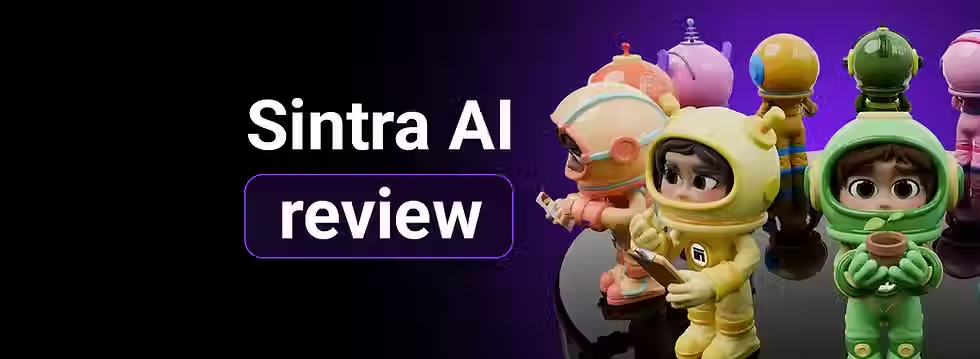Weather Underground: Real-Time, Hyperlocal Weather Forecasting
- Abhinand PS
.jpg/v1/fill/w_320,h_320/file.jpg)
- Feb 20
- 3 min read
Introduction
Weather affects everything we do—from daily commutes to vacation plans. But have you ever wanted a weather forecast that’s more accurate for your exact location? That’s where Weather Underground shines. This guide explores how Weather Underground leverages technology and community-driven data to deliver some of the most precise weather forecasts available.

What is Weather Underground?
1. A Brief History
Founded in 1995, Weather Underground (WU) started as an academic project at the University of Michigan. It has since evolved into one of the most trusted sources for hyperlocal weather forecasts, using a vast network of personal weather stations (PWS) and professional meteorological data.
📊 Fact: Weather Underground has over 250,000 personal weather stations worldwide, making it one of the largest crowdsourced weather networks!
Keywords: Weather Underground history, personal weather stations, WU network
2. How Weather Underground Works
Weather Underground collects data from:
Personal Weather Stations (PWS) – Community members share real-time weather data.
Satellite & Radar – Tracks large-scale weather patterns.
National Weather Services – Integrates government meteorological data.
AI & Machine Learning – Enhances prediction accuracy.
📊 Fact: Weather Underground updates its forecasts every few minutes, ensuring real-time accuracy!
Keywords: how Weather Underground works, crowdsourced weather data, real-time weather updates
Accuracy and Reliability of Weather Underground
1. Strengths of WU Forecasting
Hyperlocal Accuracy – Personal weather stations provide detailed, location-specific data.
Frequent Updates – Real-time data minimizes outdated forecasts.
Weather Radar Integration – Enhances severe weather warnings.
2. Potential Limitations
Factor | Impact on Accuracy |
Data Quality | Dependent on user-maintained stations |
Urban vs. Rural | More PWS in cities lead to better accuracy in those areas |
Extreme Weather | Sudden changes may not be fully captured |
📊 Fact: Weather Underground’s accuracy improves significantly when combined with government meteorological data!
Keywords: Weather Underground accuracy, hyperlocal weather forecasts, data reliability
Key Features of Weather Underground
1. Interactive Weather Maps
Radar & Satellite Layers – Track precipitation, temperature, and storm movements.
Severe Weather Alerts – Instant notifications for extreme conditions.
Air Quality & Pollution Levels – Provides environmental insights.
2. Smart Forecasting Tools
Customizable Weather Dashboards – Tailor forecasts to your needs.
Historical Weather Data – Analyze past weather trends.
Hurricane & Storm Tracking – Stay prepared during storm seasons.
Keywords: Weather Underground features, interactive weather maps, smart forecasting tools
Benefits of Using Weather Underground
More Accurate Local Forecasts – Get precise weather updates based on nearby PWS.
Community-Driven Insights – Reports from weather enthusiasts enhance forecast reliability.
User-Friendly Mobile App – Access forecasts, maps, and alerts on the go.
📊 Tip: Enable push notifications on the WU app to receive instant severe weather warnings!
Keywords: benefits of Weather Underground, community-driven weather, WU mobile app
FAQs
Q1: Is Weather Underground more accurate than other weather apps? A: It depends on your location. WU excels in areas with high PWS density, providing hyperlocal accuracy.
Q2: How do I contribute weather data to Weather Underground? A: You can join WU by setting up a personal weather station and linking it to the network.
Q3: Is Weather Underground free to use? A: Yes, the basic app and website are free, but premium features are available for advanced users.
Conclusion
Weather Underground is a game-changer for hyperlocal weather forecasting, blending personal weather stations with professional meteorological data. Whether you’re a weather enthusiast, an outdoor adventurer, or someone who just wants better forecasts, WU is a valuable tool.
Have you used Weather Underground? Share your experience in the comments!



Comments